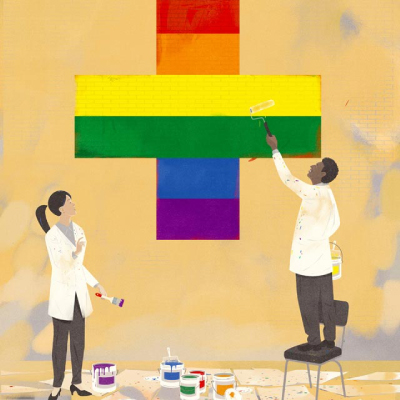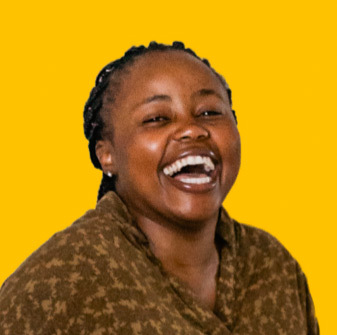 At Johns Hopkins and across the nation, initiatives are underway to help physicians better meet the health care needs of today’s lesbian, gay, bisexual and transgender patients. Some say such efforts are long overdue.
At Johns Hopkins and across the nation, initiatives are underway to help physicians better meet the health care needs of today’s lesbian, gay, bisexual and transgender patients. Some say such efforts are long overdue.
BY LINELL SMITH
Illustration by Francesco Bongiorni | Photography by Harry Giglio
Every day, the adolescent clinic at The Johns Hopkins Hospital teaches medical residents something new about their perception of the world—and how they may need to adjust it, says Errol Fields '09.
The assistant professor in pediatrics is there to help young doctors take first steps into the complicated realm of sexual orientation and gender identity. The journey often begins with choosing the proper words.
“When you’re asking a 16-year-old about his sexual history, you don’t say: ‘Do you have a girlfriend?’” Fields explains. “You say, ‘Do you have a romantic partner? Are you dating someone or seeing someone? Do you prefer boys, girls or both?’”
One resident counseled a young woman on her sexual health but neglected to speak about contraception. When Fields asked why, she said the patient would not need birth control because she was a lesbian.
It was time for a conversation.
Read the Complete Article in Hopkins Medicine Here


